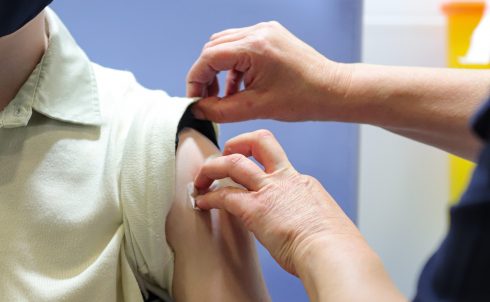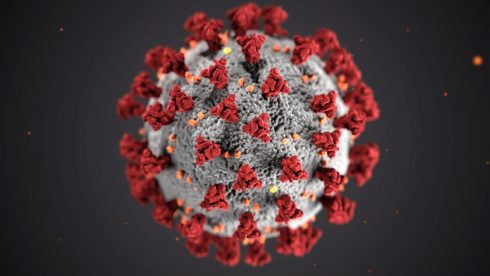THE countdown to Christmas Day is well underway with those long-awaited festive get-togethers just around the corner.
But with the highly transmissible Omicron variant spreading fast across Spain, it’s important to take some extra steps to make sure you and your family are safe this Christmas.
COVID-19 is far more likely to spread when you have close contact with others – especially in unventilated spaces.
If you’re planning on spending Christmas or New Year with loved ones, the best way you can reduce the risk of spreading the virus is to take tests. But what exactly is the difference between PCR and LFTs?
PCR tests
PCR tests are often seen as the ‘gold standard’ tests for detecting cases of COVID-19, because it requires laboratory analysis.
It also boasts an accuracy rate of around 99%, and far smaller amounts of the virus can be detected than with LFTs.
However, this sensitivity does mean that people can experience having a positive result after having coronavirus, despite no longer being contagious.
A PCR is a diagnostic test that detects the viral RNA, or generic material of the virus, from a sample taken from someone’s nose and throat.
This can be taken at home, or at specific test sites – and the sample is sent to a laboratory for testing.
Processing the test takes about four to six hours, but with transportation it adds to the time it takes that patients have to wait.
Lateral Flow tests
Meeting up with loved ones? You should all do a rapid lateral flow test before you mingle.
You can get lateral flow tests from the pharmacy. They are easy to do at home and the results show in half an hour – which is perfect for last minute celebrations.
LFTs are also a swap test, but rather than detecting genetic material, it detects proteins specific to coronavirus.
A swap is taken from the back of the nose and/or throat, and the sample is mixed with an extraction fluid, before a drop of this is added to a strip of test paper.
This looks similar to a pregnancy test, and similar to that, lines will appear on the test.
But be careful, it’s best to take multiple lateral flow tests, and even then, their results are not always 100% accurate.
It found that lateral flow tests detected more than 95% of cases found by PCR – and correctly identified 89% of cases as negative.
A study by the Queen Mary University of London recently published evidence of a study into the effectiveness of lateral flow tests.
As part of the study, more than 2,500 people with mild to moderate flu-like symptoms were tested for Covid using an antigen test.
It is also worth remembering that lateral flow are designed to pick up COVID-19 cases with no symptoms, so if you do have symptoms such as a fever, cough or loss of sense of taste or smell, you’ll need to isolate and only leave the house to take a PCR test to confirm it.
If you have been in contact with someone with COVID-19 and are double vaccinated, you should take a daily rapid lateral flow test for seven days if you have no symptoms.
If you test positive or develop symptoms in those seven days, you must self-isolate, take a PCR test and follow the guidance from the Spanish government.
READ ALSO:
- COVID-19: Unvaccinated patients up to 24 times more likely to enter intensive care in Spain
- New Year celebrations cancelled due to COVID-19 in Costa Blanca and Valencia areas of Spain
- LATEST: Spain makes face masks compulsory again even outdoors
Click here to read more Coronavirus News from The Olive Press.








